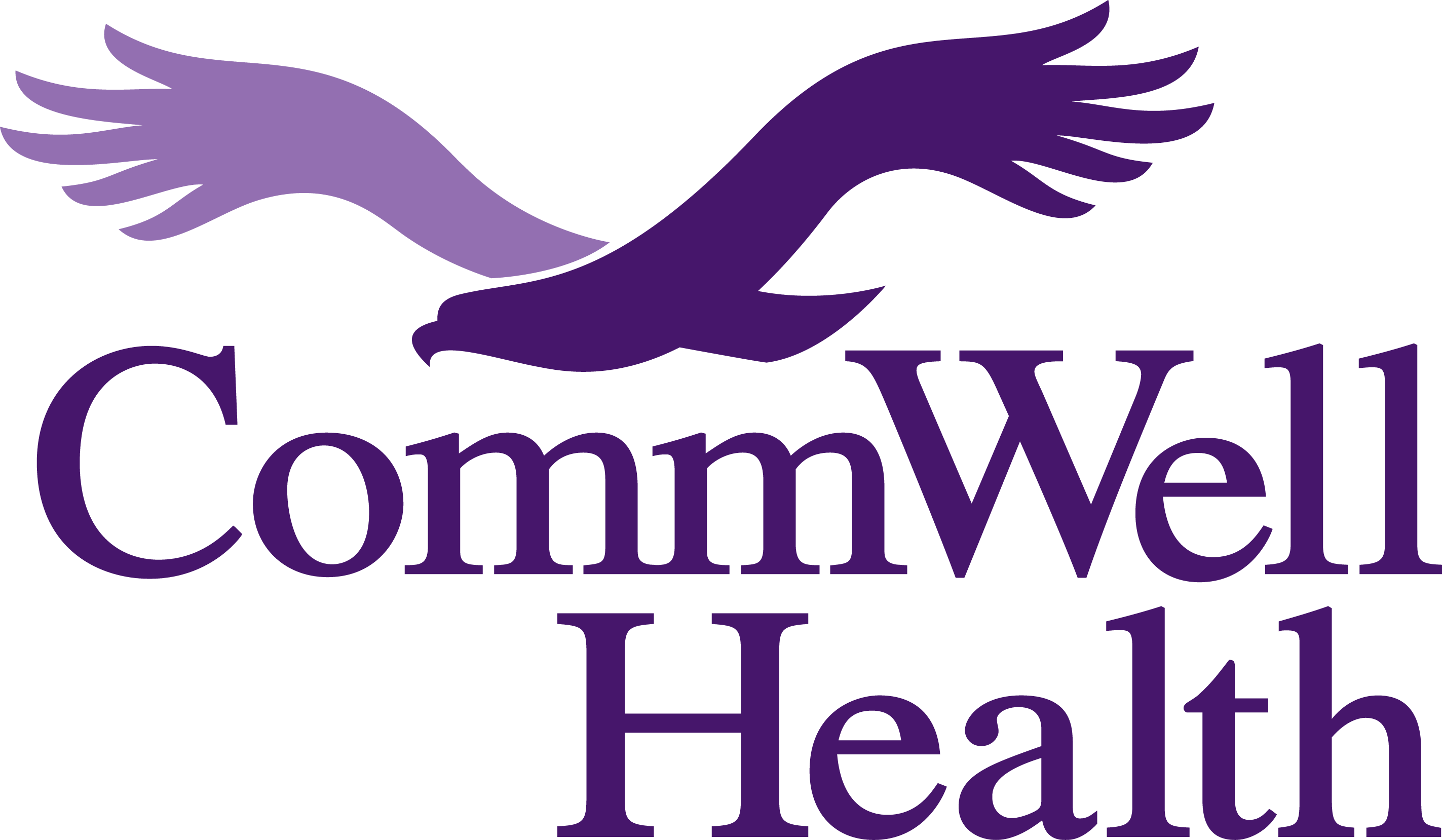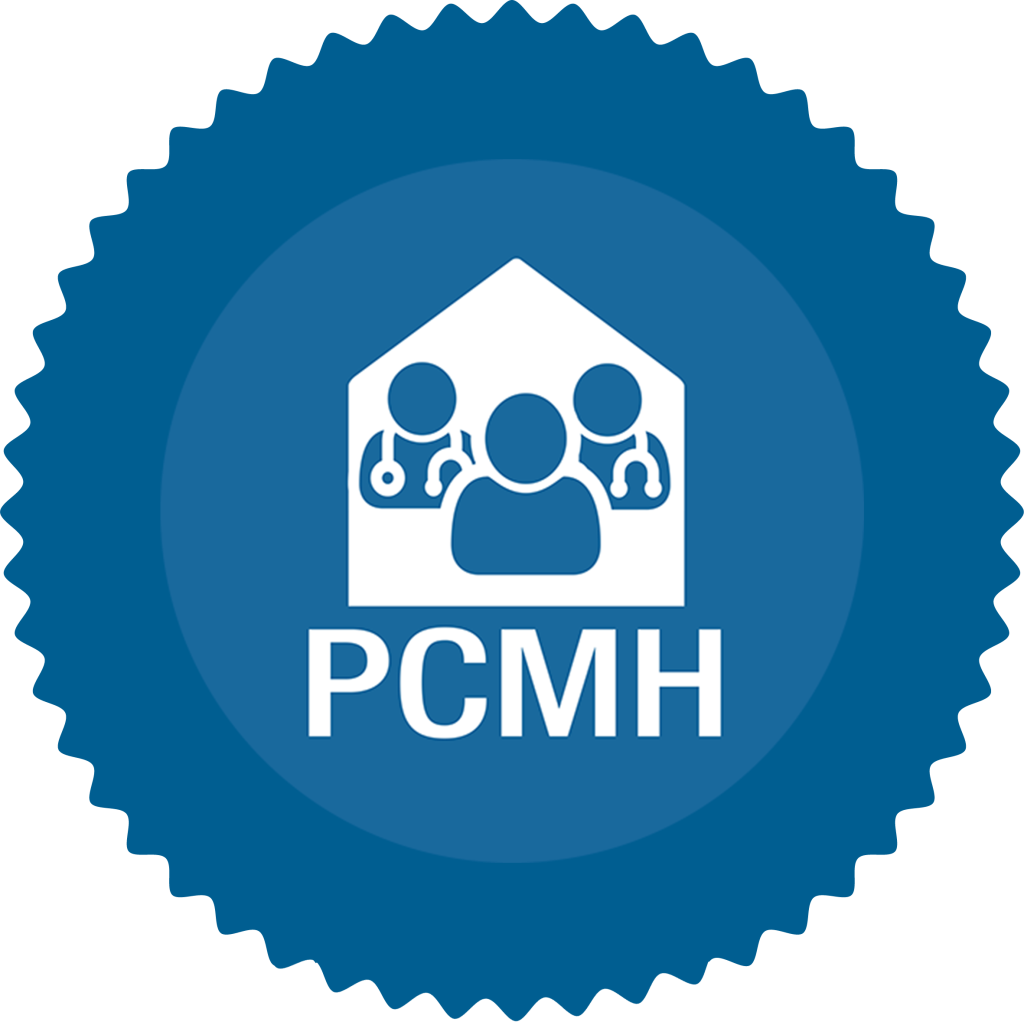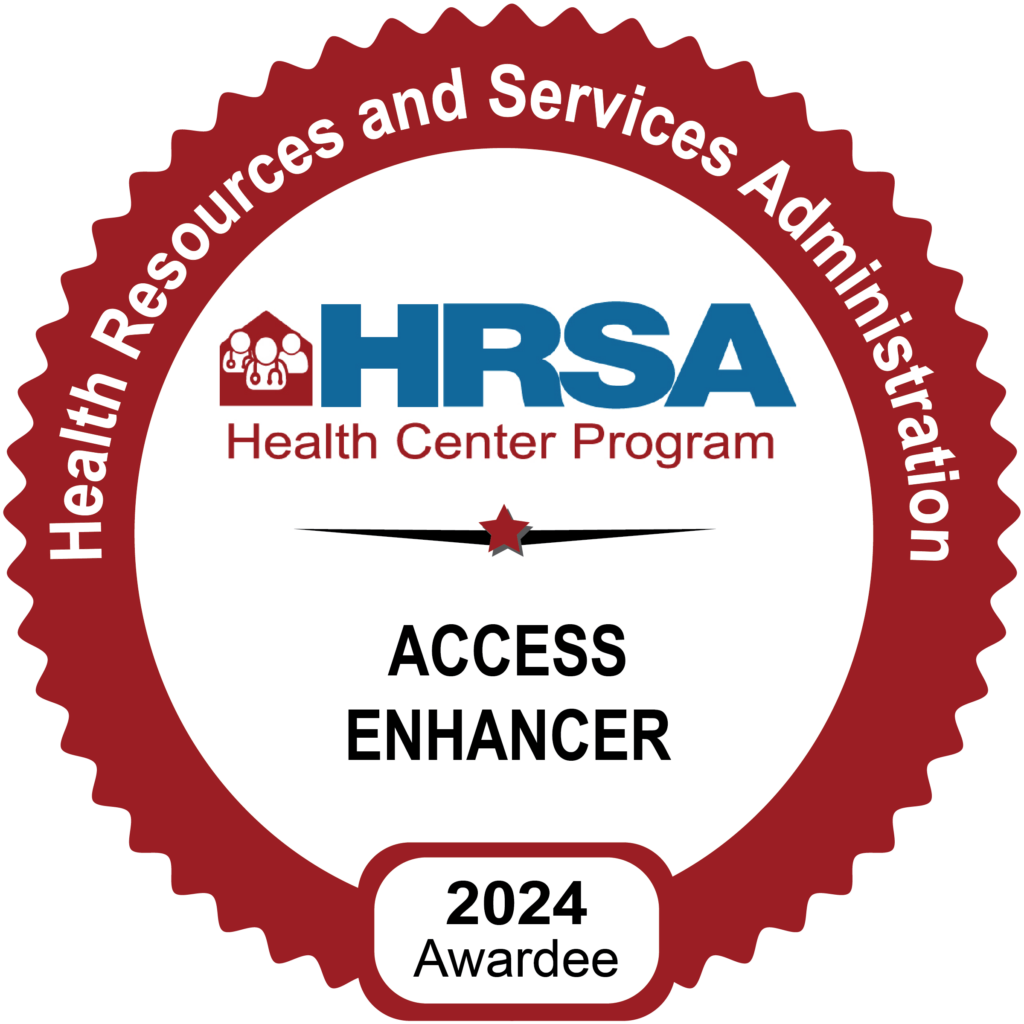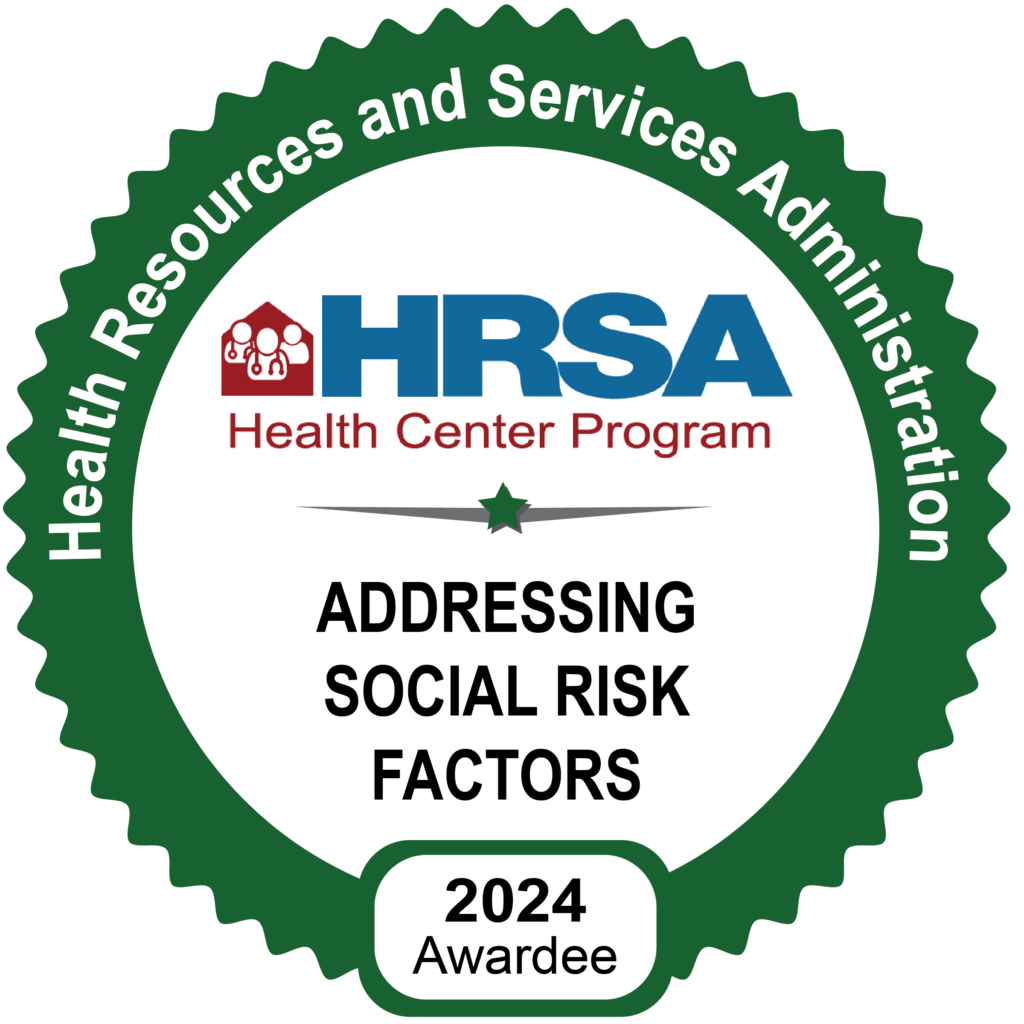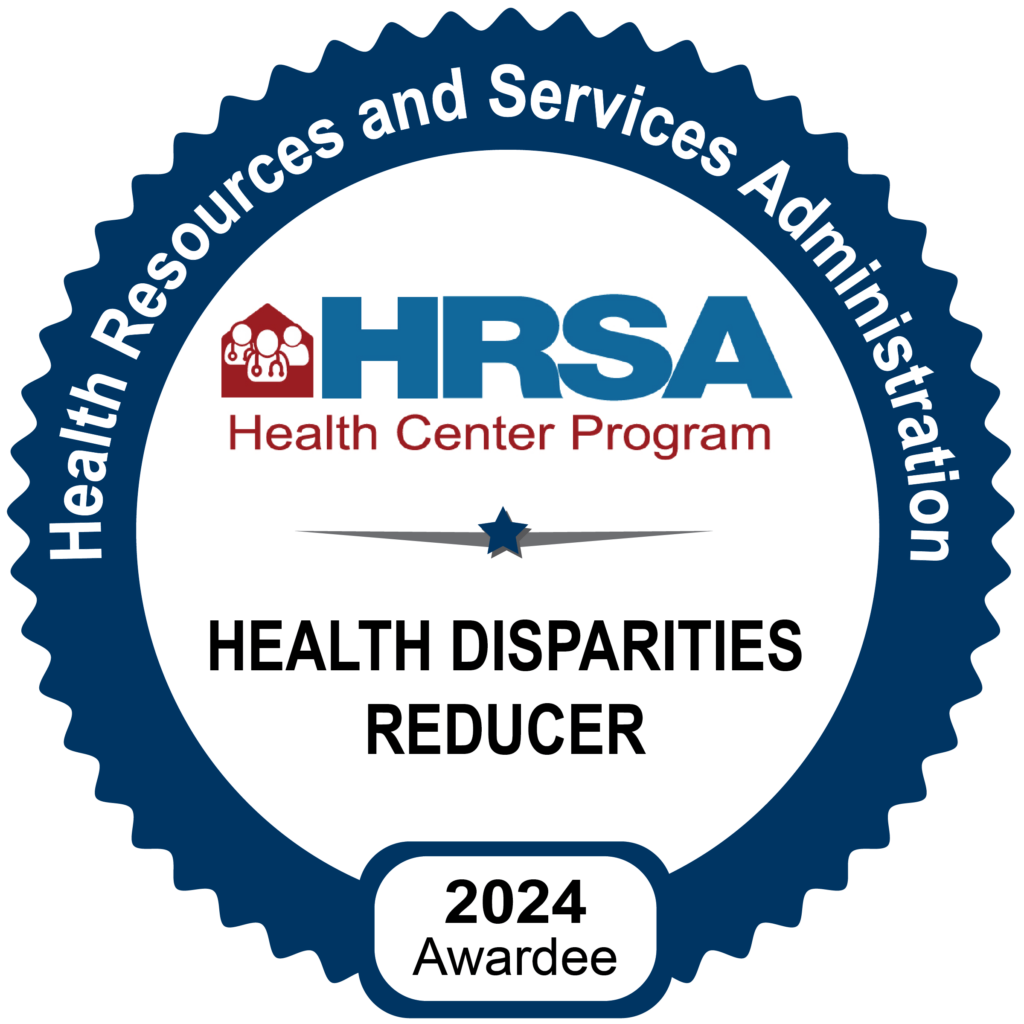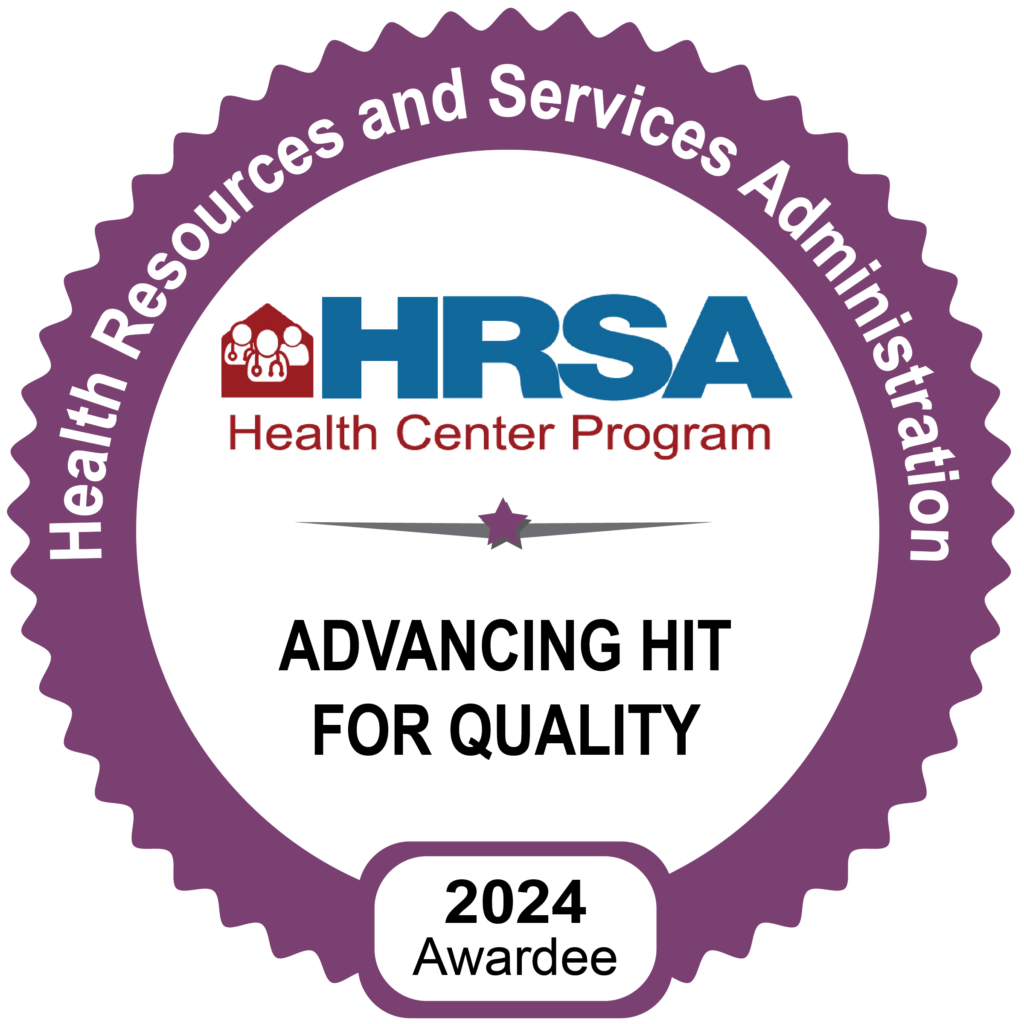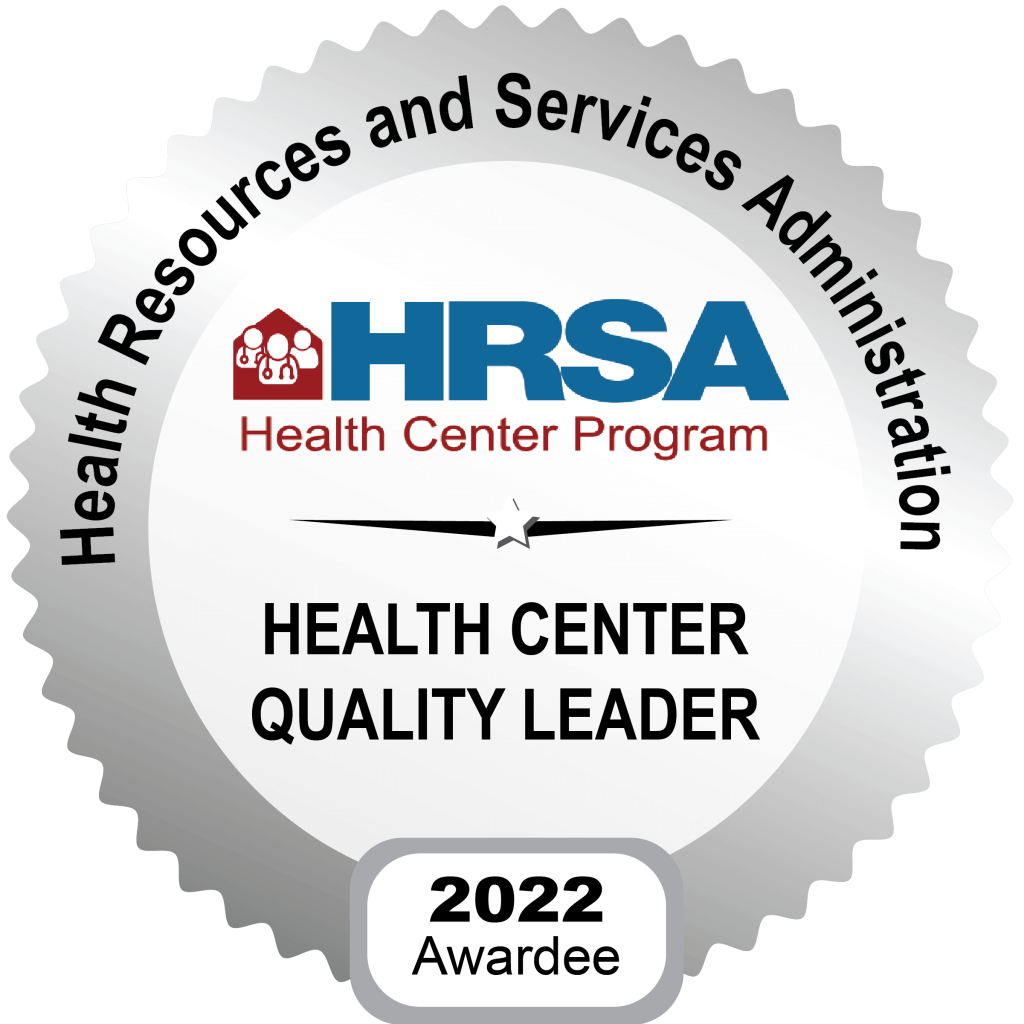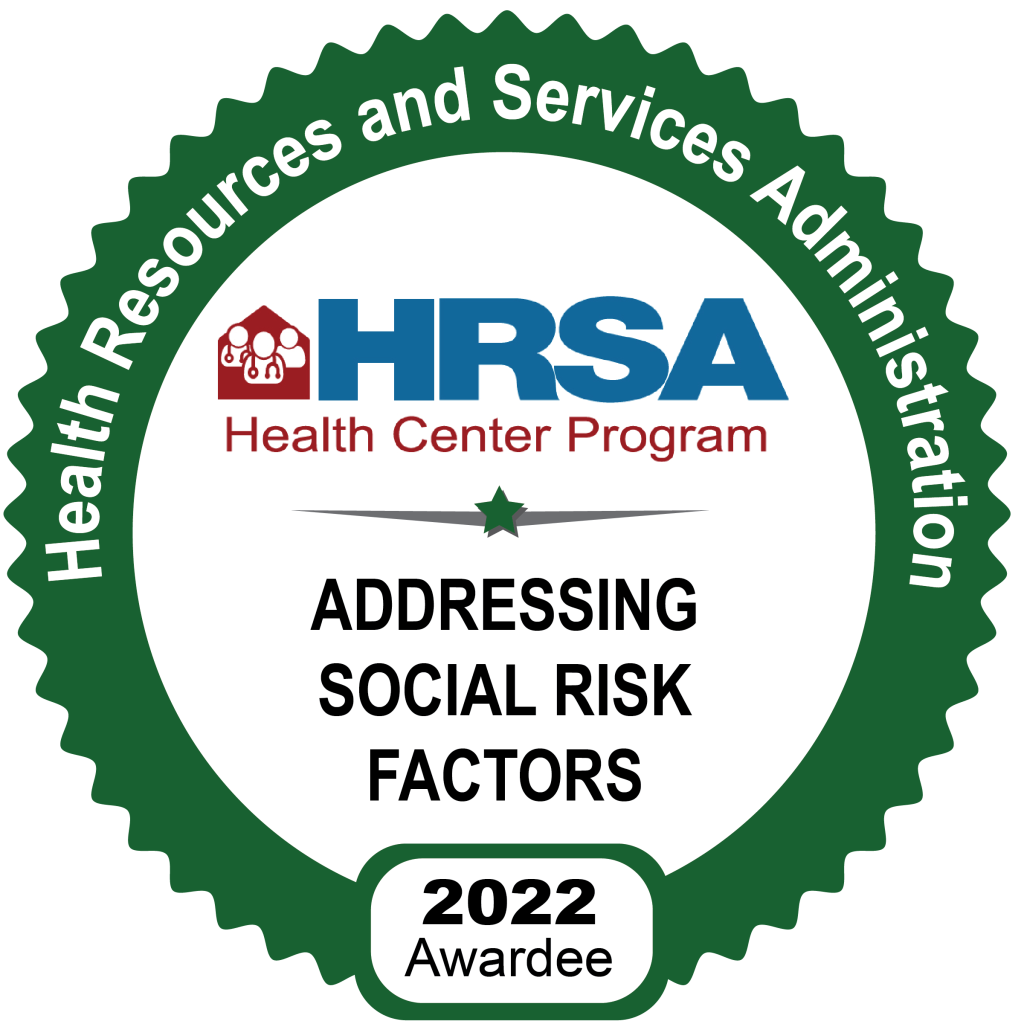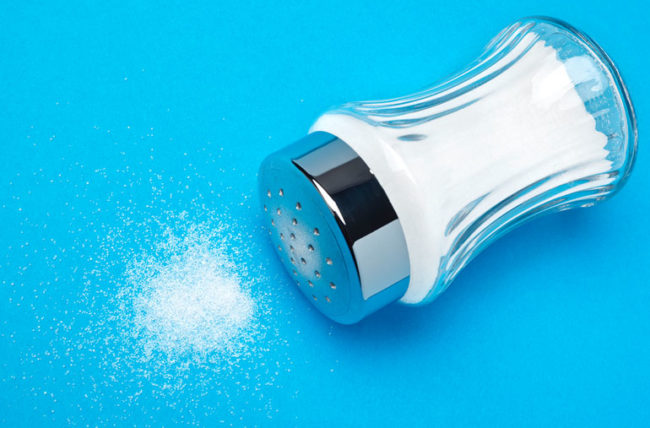
One in three U.S. adults has high blood pressure, according to the Centers for Disease Control and Prevention. This means the force of blood pushing against their artery walls is too high, which can damage the arteries and greatly increase the risk of heart attack, stroke, heart failure and kidney failure.
Lowering systolic blood pressure to a maximum of 120 mmHg has been shown to reduce these risks. There are two ways to accomplishing this: lifestyle changes and medications. While some people can lower blood pressure with lifestyle changes alone, the two approaches are complementary.
“Blood pressure management is 70% lifestyle and 30% medications. If you don’t make lifestyle changes, don’t bother taking blood pressure medications, because they won’t work effectively,” says preventive cardiologist Luke Laffin, MD.
How to lower blood pressure naturally
The term “lifestyle changes” implies you will need to change your habits to bring your blood pressure down. Broadly speaking, these modifications are natural — non-pharmaceutical — ways of lowering blood pressure. Six methods have been proven effective in clinical studies, and two others are recommended:
1. Eat less salt
“Cutting your salt intake is probably the most important way to lower your blood pressure. Studies have shown that a low-sodium diet has the same effect as one and a half to two blood pressure medications,” says Dr. Laffin.
The average American consumes 3,500 mg of sodium a day — far more than the American Heart Association recommendation of no more than 1,500 mg, or about one teaspoon, of salt. Because this amount is so strict, Cleveland Clinic sets the limit at 2,300 mg. “The difference in effect is only a drop of 2 to 3 mmHg,” says Dr. Laffin. “At minimum, we recommend lowering sodium intake by at least 1,000 mg per day.”
Because sodium is hidden in so many foods, avoiding sodium is difficult, unless you cook everything from scratch at home, never eat out and avoid processed foods of any kind, including bread. But it’s possible. “It takes about 10 to 14 days to adjust to a low-sodium diet; then some foods will begin to taste salty,” says Dr. Laffin.
IMPACT: If you have hypertension, limiting sodium to 1,500 mg a day should drop your blood pressure by 5 or 6 mmHg.
2. Consume more potassium
A diet high in fast foods, processed foods, carbohydrates, potatoes and meat is likely to be low in potassium, contributing to high blood pressure. A daily intake of 3,000 to 3,500 mg of potassium through foods such as bananas, tomatoes and other vegetables is recommended.
If you have significant kidney disease, you should be careful not to consume too much potassium, because your kidneys may not be able to eliminate it, says Dr. Laffin.
IMPACT: If you have hypertension, increasing potassium intake to recommended levels should drop your blood pressure 4 to 5 mmHg.
3. Adopt the DASH diet
The Dietary Approaches to Stop Hypertension (DASH) diet was created specifically to lower blood pressure. It emphasizes fruits, vegetables, whole grains and low-fat dairy. People who adopt the DASH diet usually meet low-sodium and high potassium guidelines, and may lose weight, as well. Research on this diet is so positive that it is now considered one of the most important non-pharmaceutical measures for controlling hypertension.
IMPACT: The DASH diet can drop systolic pressure up to 11 mmHg.
4. Lose weight
Excess weight increases the likelihood of developing high blood pressure. More than half of U.S. adults are overweight. Losing any amount of weight is a good thing.
IMPACT: Every loss of 2.2 pounds should result in a drop of 1 mmHg in blood pressure.
5. Limit alcohol use
Men should limit alcoholic beverages to two drinks a day. Women should have no more than one a day.
IMPACT: If you have hypertension and regularly drink more alcohol than recommended, reducing your intake may drop your blood pressure as much as 4 mmHg.
6. Get physical
Physical activity, specifically aerobic activity, is highly effective in reducing blood pressure. Aerobic exercise forces blood vessels to expand and contract, keeping them flexible. It also increases blood flow and encourages the creation of new blood vessels, among other benefits.
IMPACT: Doing 150 minutes of aerobic activity a week can lower blood pressure 5 to 8 mmHg.
Other options include dynamic resistance exercises, such as bicep curls with weights, and isometric resistance exercises, such as pushing against a wall. How much these are likely to lower blood pressure depends on how often they are done, how many repetitions are performed and, with dynamic resistance exercises, what weights are used. They have the potential to lower blood pressure 4 to 5 mmHg.
Additional recommendations
Dr. Laffin adds two recommendations that he feels are important, but that have less evidence of direct impact on blood pressure.
- Don’t smoke. “We know that smoking harms the lining of the blood vessels, as does high blood pressure, so it stands to reason that you should not smoke,” he says.
- Get enough sleep. “We are just beginning to understand how important sleep is. Getting six to eight hours of uninterrupted sleep a night can prevent high blood pressure and widely fluctuating blood pressure, which we now know is as dangerous as high blood pressure,” he says.
Natural ways with potential
If you do an Internet search, you’ll find dozens of other natural ways to lower blood pressure. They may be effective, but the evidence is limited or questionable.
Take stress reduction, for example. In 2017, the American Heart Association (AHA) issued a scientific statement on the role of meditation in cardiovascular risk
reduction. The AHA determined the concept was plausible, but the studies included too few subjects and used different endpoints, which made drawing conclusions impossible.
“Some studies showed significant benefit, and others showed none. There simply wasn’t enough data to say that meditation consistently lowers blood pressure,” says Dr. Laffin. “More likely, anything that relaxes you decreases blood pressure temporarily, but isn’t a solution for people with sustained hypertension.”
The same issue applies to various foods, spices, herbs and vitamins. “You will probably find a study or two on each that says it lowers blood pressure, but these have never been robustly studied,” he says.
“If you are serious about using natural ways to lower blood pressure, choose one or more methods that have stood the test of time.”
This article originally appeared in Cleveland Clinic Heart Advisor.
source: https://health.clevelandclinic.org/6-natural-ways-to-lower-blood-pressure/
